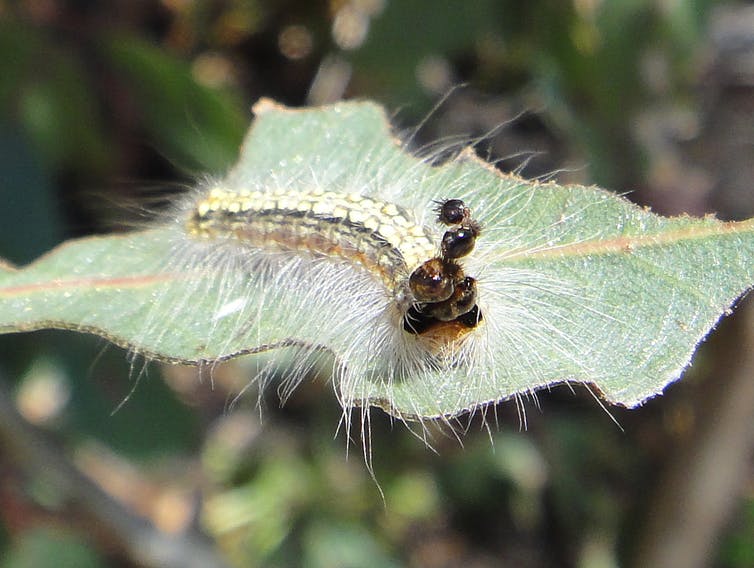With Halloween upon us, it’s worth remembering that living things take part in similar costume parties all year long, adopting weird and wonderful forms, though rather than a haul of candy, organisms might earn the chance to live, prosper and mate. It’s all part of evolution, the principle where the fittest individuals pass their genes onto the next generation.
Insects readily display the strange products of evolution. They have crawled their way across the Earth for at least 400 million years, and rapidly develop from egg to adult.
Over millions of generations, insects have developed a multitude of weird and wonderful ways to find food, attract mates, hide or defend themselves from predators. All these adaptations allow an individual’s genes to persist in the population.
There are more than a million species of insects, and some of them have some pretty ingenious disguises.
What’s that on your head?
In a pinch, an unusual headpiece can pass for a Halloween costume. With minimal effort, a regular Joe can be transformed into a construction worker, mouse or witch.








